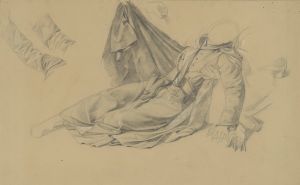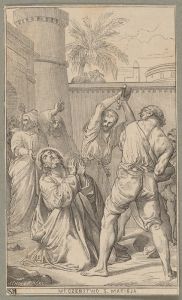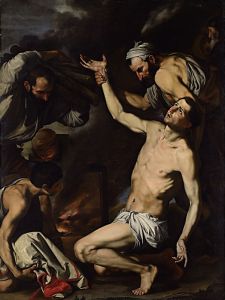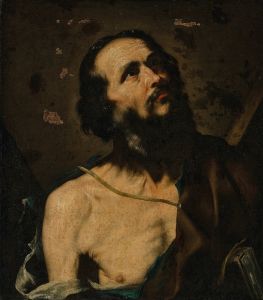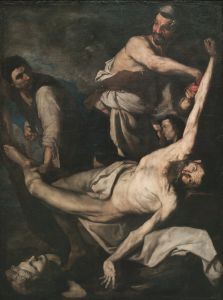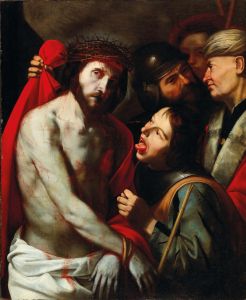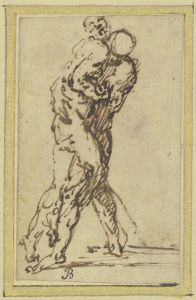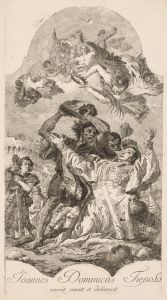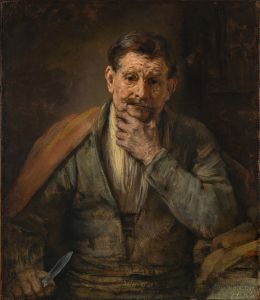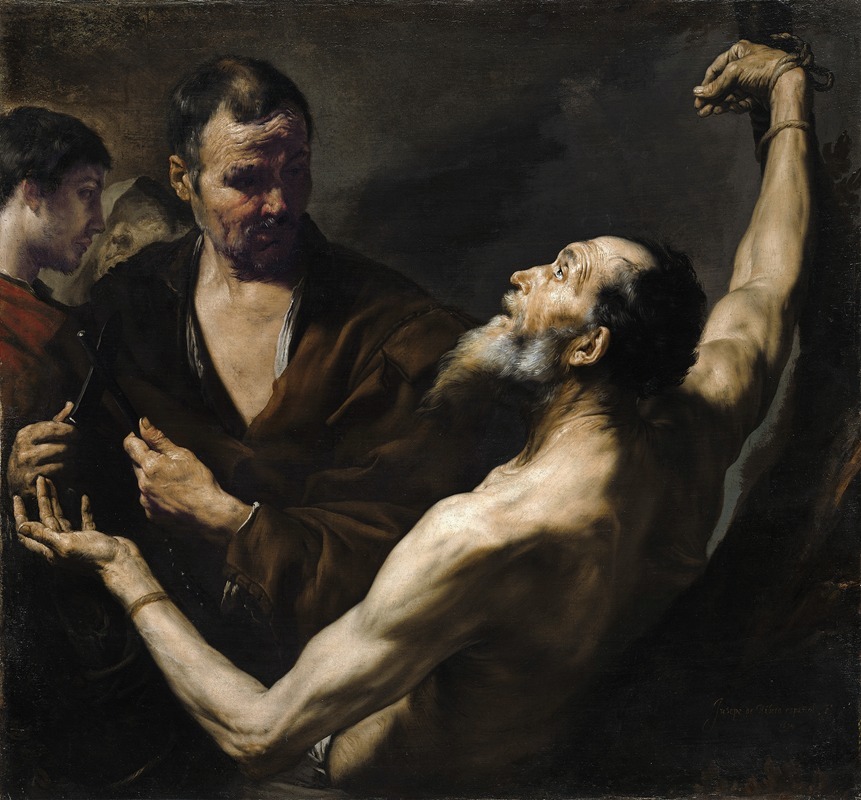
The Martyrdom of Saint Bartholomew
A hand-painted replica of Jusepe de Ribera’s masterpiece The Martyrdom of Saint Bartholomew, meticulously crafted by professional artists to capture the true essence of the original. Each piece is created with museum-quality canvas and rare mineral pigments, carefully painted by experienced artists with delicate brushstrokes and rich, layered colors to perfectly recreate the texture of the original artwork. Unlike machine-printed reproductions, this hand-painted version brings the painting to life, infused with the artist’s emotions and skill in every stroke. Whether for personal collection or home decoration, it instantly elevates the artistic atmosphere of any space.
The Martyrdom of Saint Bartholomew is a painting by the Spanish Baroque artist Jusepe de Ribera, also known as José de Ribera. Created in 1644, the work is a striking example of Ribera's mastery of chiaroscuro and his focus on dramatic, emotionally charged religious themes. Ribera, who spent most of his career in Naples, was heavily influenced by the tenebrist style of Caravaggio, and this influence is evident in the intense contrasts of light and shadow in the painting.
The artwork depicts the martyrdom of Saint Bartholomew, one of the twelve apostles of Jesus Christ. According to Christian tradition, Saint Bartholomew was flayed alive for his faith, and Ribera captures the moment of his suffering with unflinching realism. The saint is shown bound and vulnerable, his expression a mixture of pain and spiritual resolve. Surrounding him are his tormentors, whose faces are rendered with meticulous detail, emphasizing their cruelty and indifference. The composition draws the viewer's attention to the central figure of Saint Bartholomew, whose illuminated body contrasts starkly with the dark, shadowy background.
Ribera's depiction of Saint Bartholomew reflects the Counter-Reformation emphasis on the suffering of martyrs as a testament to their faith and devotion. The painting's raw emotional power and graphic detail were intended to inspire piety and reflection among its viewers. Ribera's ability to convey the physical and psychological torment of his subjects made him one of the most celebrated painters of his time, particularly in the Kingdom of Naples, where he was a leading figure in the artistic community.
The painting is currently housed in the Museo del Prado in Madrid, Spain. It is considered one of Ribera's masterpieces and a significant example of Baroque religious art. The work demonstrates Ribera's technical skill, his deep understanding of human anatomy, and his ability to evoke profound emotional responses through his art.
No additional information about the specific commission or patronage of this painting is available, but it fits within Ribera's broader oeuvre of religious and martyrdom scenes, which were highly sought after during his career.





